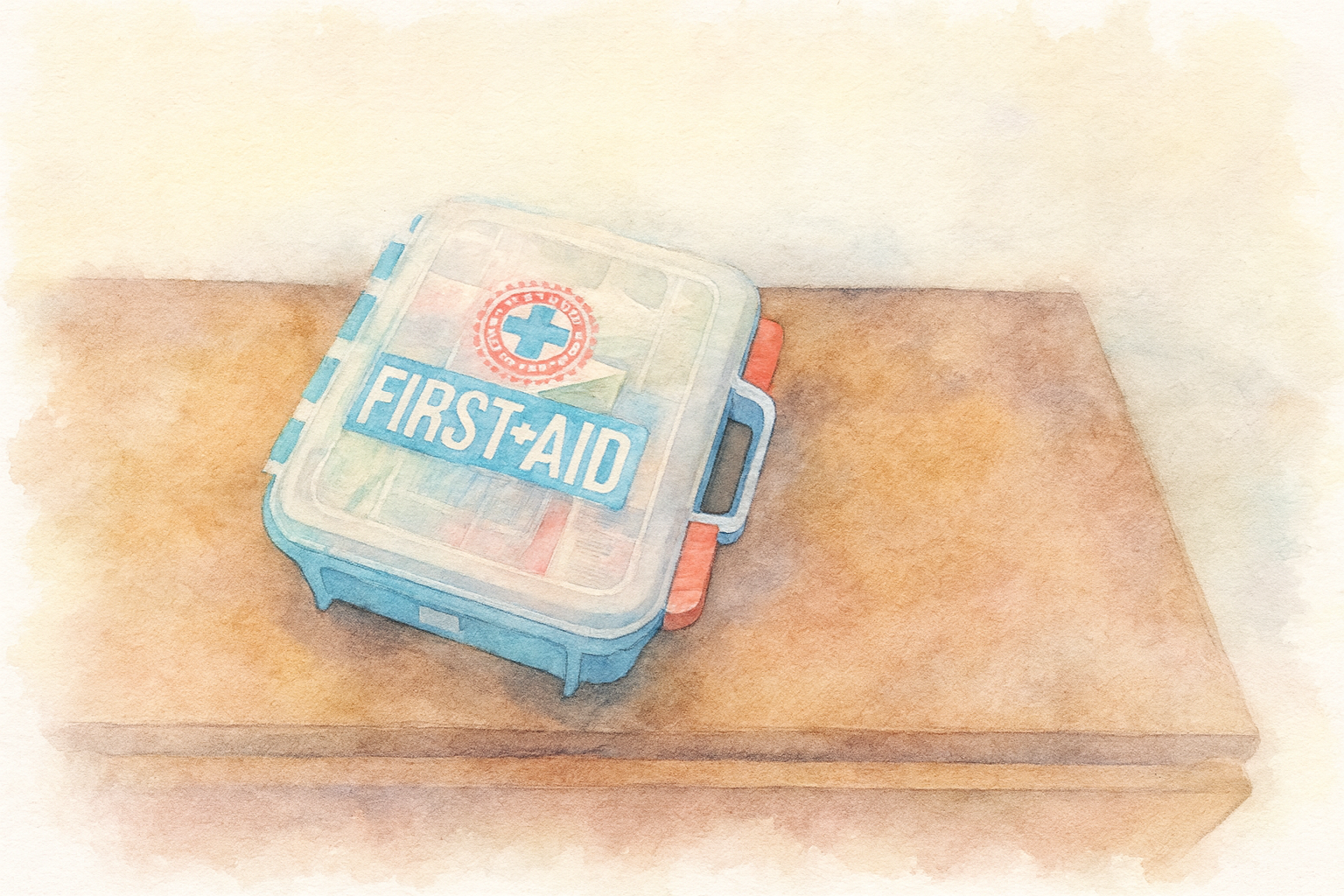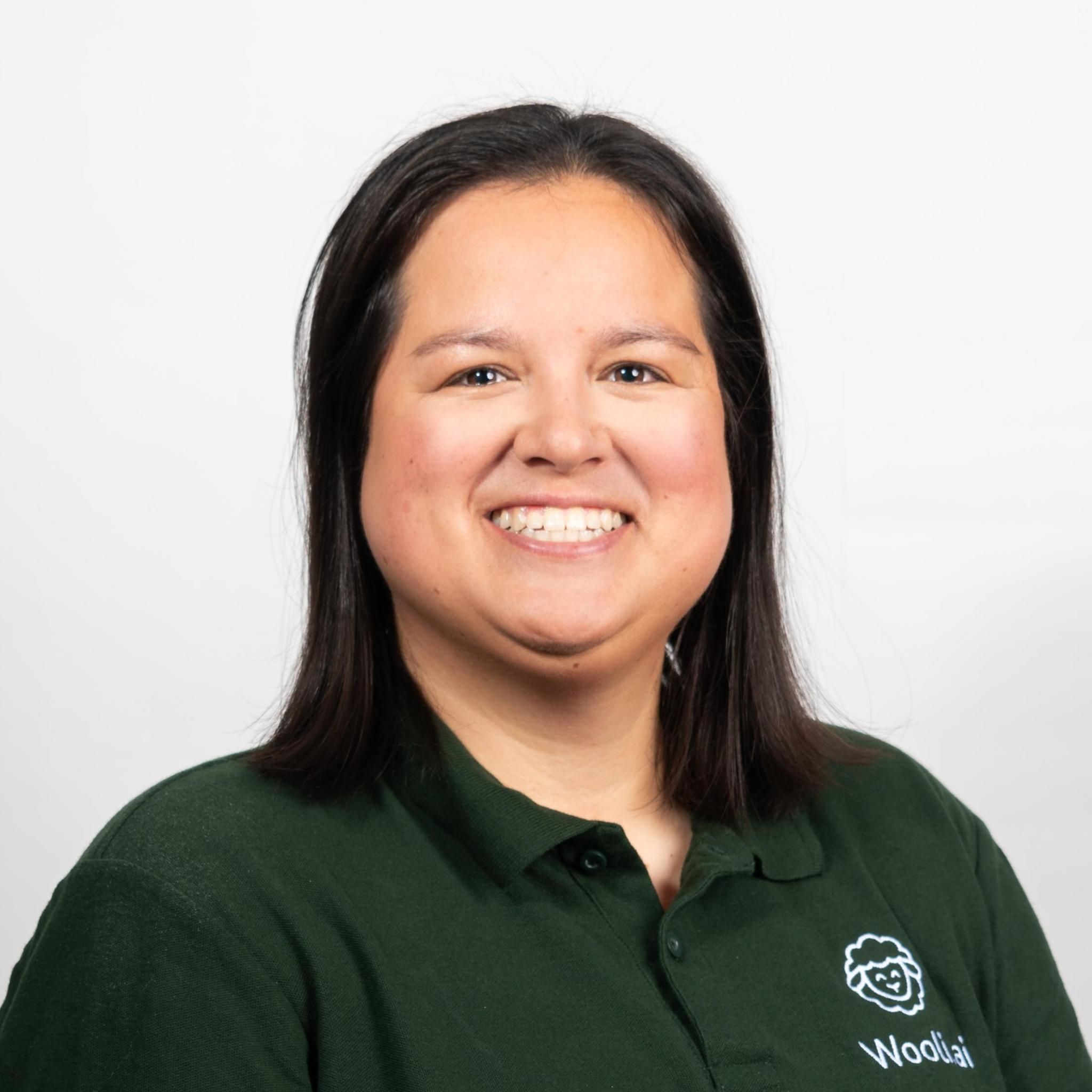Church Safety Checklist: First Aid, CPR, and AED Training Every Leader Should Have in Place

Greetings, Lara here.
I have a confession: I’m the kind of person who can’t walk into a new building without mentally spotting the exits, checking for the AED, and wondering if anyone here knows CPR.
I’ve worked in hospitality, manufacturing, and ministry spaces, and here’s the thing: emergencies don’t discriminate. They also don’t wait for the “perfect” moment.
And in churches? Sunday morning might feel like the safest place on earth, but that doesn’t mean someone won’t have a heart attack in the pew or a kid won’t take a tumble in the fellowship hall. That’s why I’m a big fan of making sure every leader knows exactly who’s trained in First Aid, CPR, and AED use and that you can find them fast. Of course, call 911, but in those crucial minutes before help arrives, you need trained people ready to care for the injured.
So let’s talk about how to make that happen, without drowning in binders or clipboards.
1. Keep a Current Roster of Trained Responders
Years ago, I asked a ministry leader, “Who here is CPR certified?” They glanced at the ceiling, thinking hard, then shrugged. Not exactly confidence-inspiring.
Tip: Create a simple roster of everyone certified in First Aid, CPR, and AED. Include their name, role, type of certification (adult/child/infant CPR), and when it expires.
Why it matters: You shouldn’t be playing Guess Who? to find help.
2. Add Contact Info (and Make It Easy to Find)
I’ve seen situations where a trained responder was on-site… but across the building, blissfully unaware of the emergency.
Tip: Include phone numbers on your roster and store it in both print and digital form. Share it with staff and key volunteers. If you have radios or a group text system, make sure those trained are on it.
Why it matters: Emergencies move fast. You want to be able to reach the right person immediately, not run laps around the building like it’s a game of tag.
3. Put Faces to Names
One church I worked with posted their trained safety team’s photos near the Welcome Center with the title “Meet Your First Responders.” Brilliant.
Tip: Add headshots to your roster so even new volunteers can identify trained folks at a glance. Post in staff areas, children’s ministry check-in, and any central meeting space.
Why it matters: Recognition builds speed. And speed can save lives.
4. Track Certification and Renewal Dates
I once found out after an incident that a volunteer’s CPR certification had expired three years earlier. That’s not a great surprise.
Tip: Log the expiration date for each certification and set reminders 60 days before. Group recertifications make scheduling easier and keep everyone current.
Why it matters: Skills (and legal validity) fade. Staying up to date ensures your responders are ready and covered.
5. Make AEDs and First Aid Supplies Accessible
I’ve been in churches where the AED was “in the storage closet… behind the ladder… somewhere.” That’s not easily accessible!
Tip: Place AEDs in visible, unlocked locations with clear signage. Keep First Aid kits stocked, labeled, and easy to grab. Assign someone to check them monthly.
Why it matters: The American Heart Association says immediate CPR combined with early AED use can double or even triple a person’s chance of survival following cardiac arrest, particularly when defibrillation happens within the optimal window of 3 to 5 minutes.
6. Practice, Practice, Practice
A drill might feel silly, until the day it’s not. I’ve seen people freeze in real emergencies simply because they hadn’t walked through the steps before.
Tip: Run one practice scenario a year for your trained team. Make it realistic: collapse in the sanctuary, choking during a dinner event, injury in the parking lot.
Why it matters: Practice builds muscle memory. In a crisis, that’s gold.
Bottom Line from Lara
Safety isn’t about living in fear. It’s about being ready so your people can keep living without fear. And for churches, that means knowing exactly who’s trained, where they are, and how to reach them.
If you do nothing else this week, make a list of your trained responders. That’s your first step toward a safer, more prepared ministry.
If you want a tool that keeps that list updated, sends you renewal reminders, and stores certifications in one place, join the Wooli waitlist. I helped shape it to make this easy for churches, so you can spend less time tracking and more time caring for your people.
Simplifying safety,
Lara

About the author
Lara
Safety Professional
Lara is a Certified Safety Professional (CSP) with expertise in risk management and organizational safety. She contributes practical guidance and clear frameworks to help teams operate with confidence.
Want to learn more about Wooli and join our Early access waitlist?
Learn About Wooli